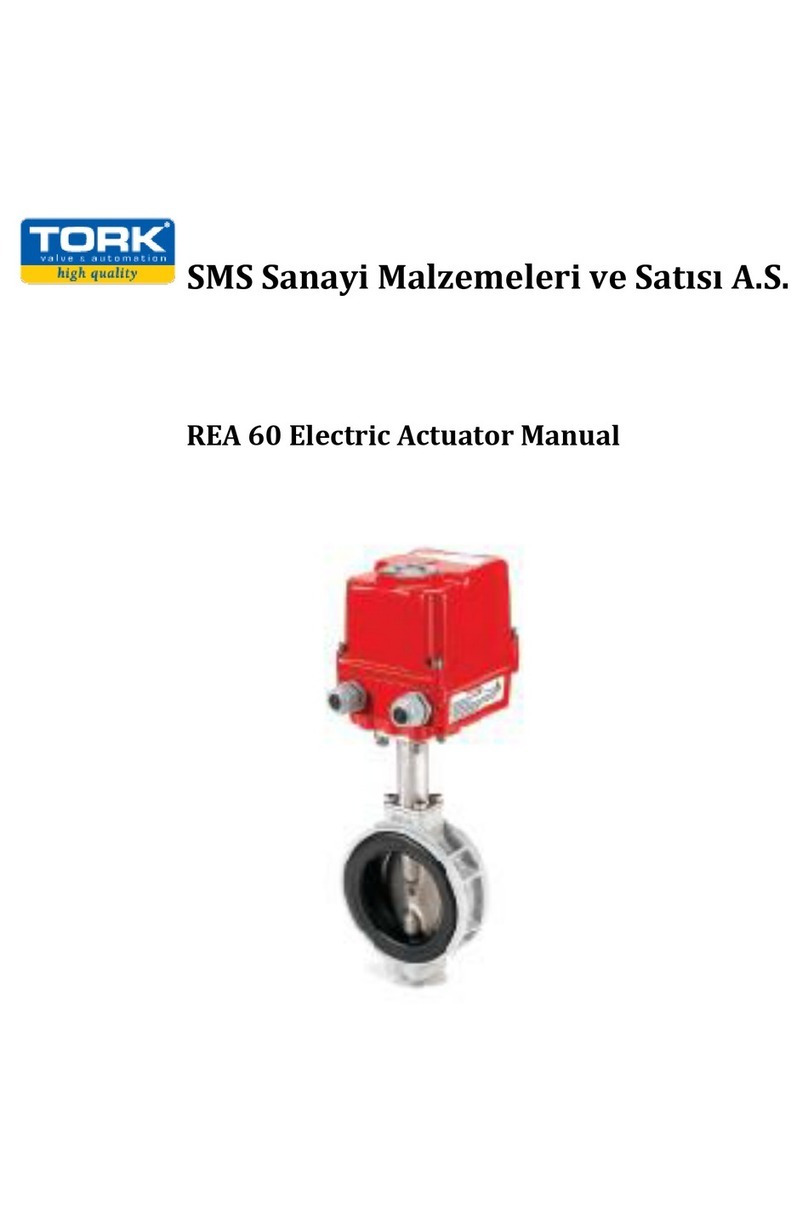
REV 4.1 Printed 09/2018
SMS-start
3
Se il dispositivo è visibilmente danneggiato, se mancano componenti o se la taglia del dispositivo non è
adeguata a quella del motore, NON procedere all’installazione.
Quando il dispositivo è collegato alla linea è soggetto a tensioni pericolose.
L’installazione, il controllo e la manutenzione del dispositivo devono essere eettuate da personale autoriz-
zato adeguatamente istruito, e devono essere eseguite solo quando è isolato dalla rete elettrica.
Un’installazione errata può causare il malfunzionamento dell’apparecchiatura, lesioni, o anche la morte.
Seguire scrupolosamente le norme di sicurezza vigenti.
Il dispositivo deve essere collegato a TERRA e i circuiti protetti adeguatamente, in conformità alle norme
vigenti.
Per garantire il corretto funzionamento del dispositivo e per non incorrere in rischi di incendio, utilizzare
cavi di sezione adeguata in funzione della corrente e della lunghezza del collegamento.
Evitare che qualsiasi tipo di oggetto esterno entri nel dispositivo, in quanto può portare al malfunziona-
mento dello stesso o a condizioni di pericolo, al momento della connessione alla rete elettrica.
Assicurarsi che ai morsetti di comando del dispositivo non siano presenti tensioni con potenziali riferiti alla
rete elettrica.
I conduttori di controllo e di potenza devono essere accuratamente isolati gli uni dagli altri.
Un eventuale gruppo di rifasamento statico deve essere connesso a monte del dispositivo (Terminali L1-
L2-L3) e mai a valle (Terminali U,V,W).
L’errata connessione può provocare condizioni di pericolo e/o la rottura del dispositivo.
Leggere attentamente questo manuale prima di procedere all’installazione o alla manutenzione.
Le avvertenze per la sicurezza non contemplano tutte le cause che provocano il malfunzionamen-
to del dispositivo, ma danno evidenza delle cause più comuni.
I simboli elencati di seguito compaiono sul presente documento o sull’apparecchiatura per avver-
tire di potenziali pericoli e richiedono un’attenzione speciale.
QUESTO SIMBOLO INDICA DI PORRE
PARTICOLARE ATTENZIONE
QUESTO SIMBOLO INDICA PERICOLO
DI SCARICHE ELETTRICHE
Gli esempi e gli schemi contenuti in questo Manuale sono riportati a solo titolo dimostrativo.
Il contenuto del presente Manuale è soggetto a modiche senza obbligo di preavviso.
In nessun caso verrà accettata la responsabilità per danni, indiretti o consequenziali, risultanti dall’utilizzo o
dall’applicazione del dispositivo.
Prima di utilizzare il prodotto, leggere il presente manuale dell’utente.
Leggere con attenzione la presente sezione e attenersi con precisione alle istruzioni in essa
contenute. La garanzia non copre i danni derivanti dal mancato rispetto delle istruzioni in esso
contenute.
SMS-start è un avviatore per motori asincroni trifase, adatto per ridurre la corrente di avviamento.
Negli impianti di ascensore a sollevamento idraulico (tempo di avviamento 1 secondo), la
corrente di avviamento si riduce a meno della metà della corrente di avviamento diretto,
negli impianti tradizionali a fune (tempo di accelerazione 3 secondi) si ottiene una corrente di
avviamento di circa 0,7 volte la corrente di avviamento diretto.
SMS-start prevede due taglie di dispositivi, di uguali caratteristiche meccaniche ma diverse
caratteristiche elettriche (vedi pag. 4). Entrambe includono una funzione di Bypass interno per gli
SCR del soft starter durante la marcia.
ITALIANO
AVVERTENZE IMPORTANTI PER LA SICUREZZA
INTRODUZIONE
IMPORTANTE




























